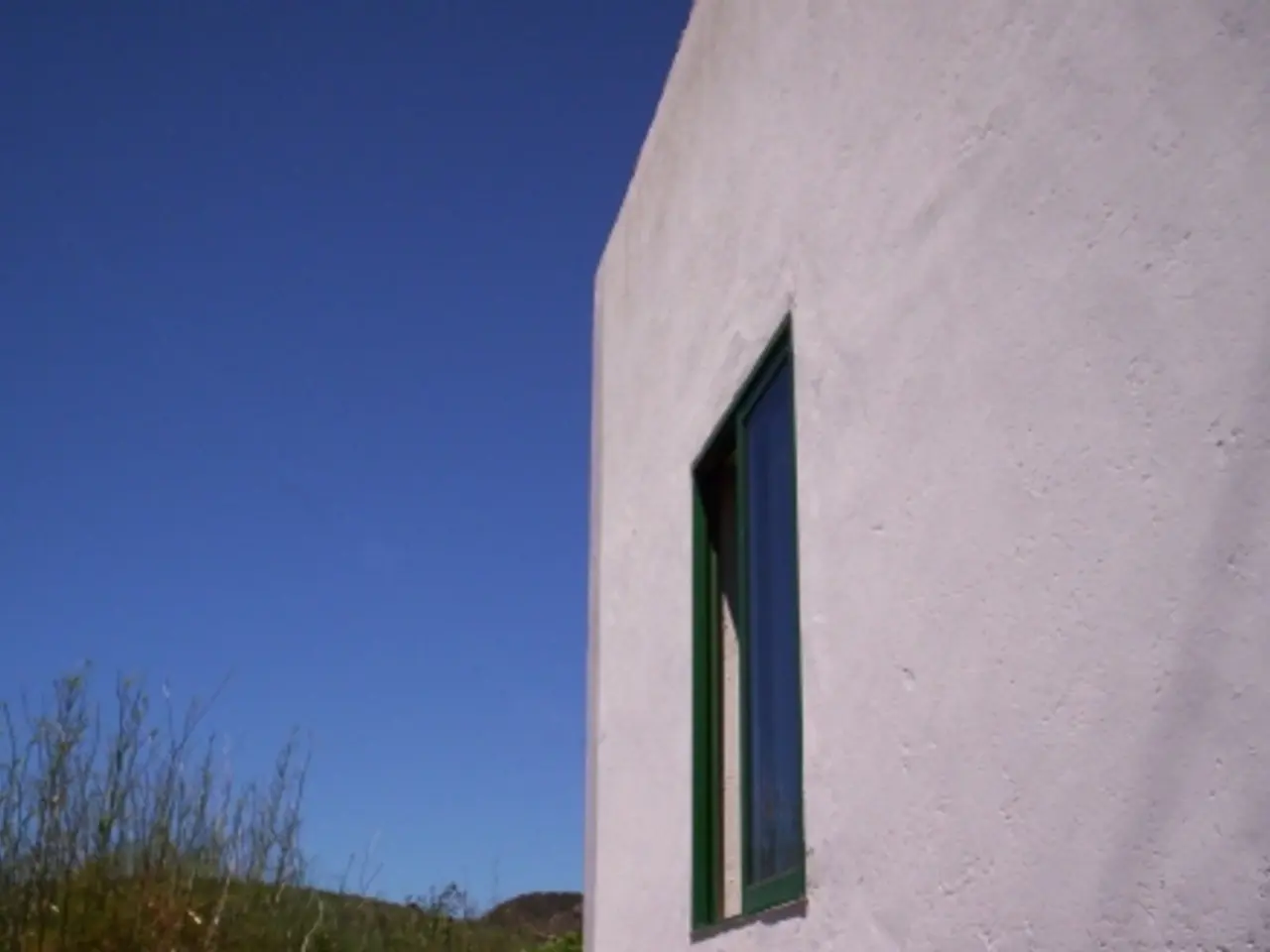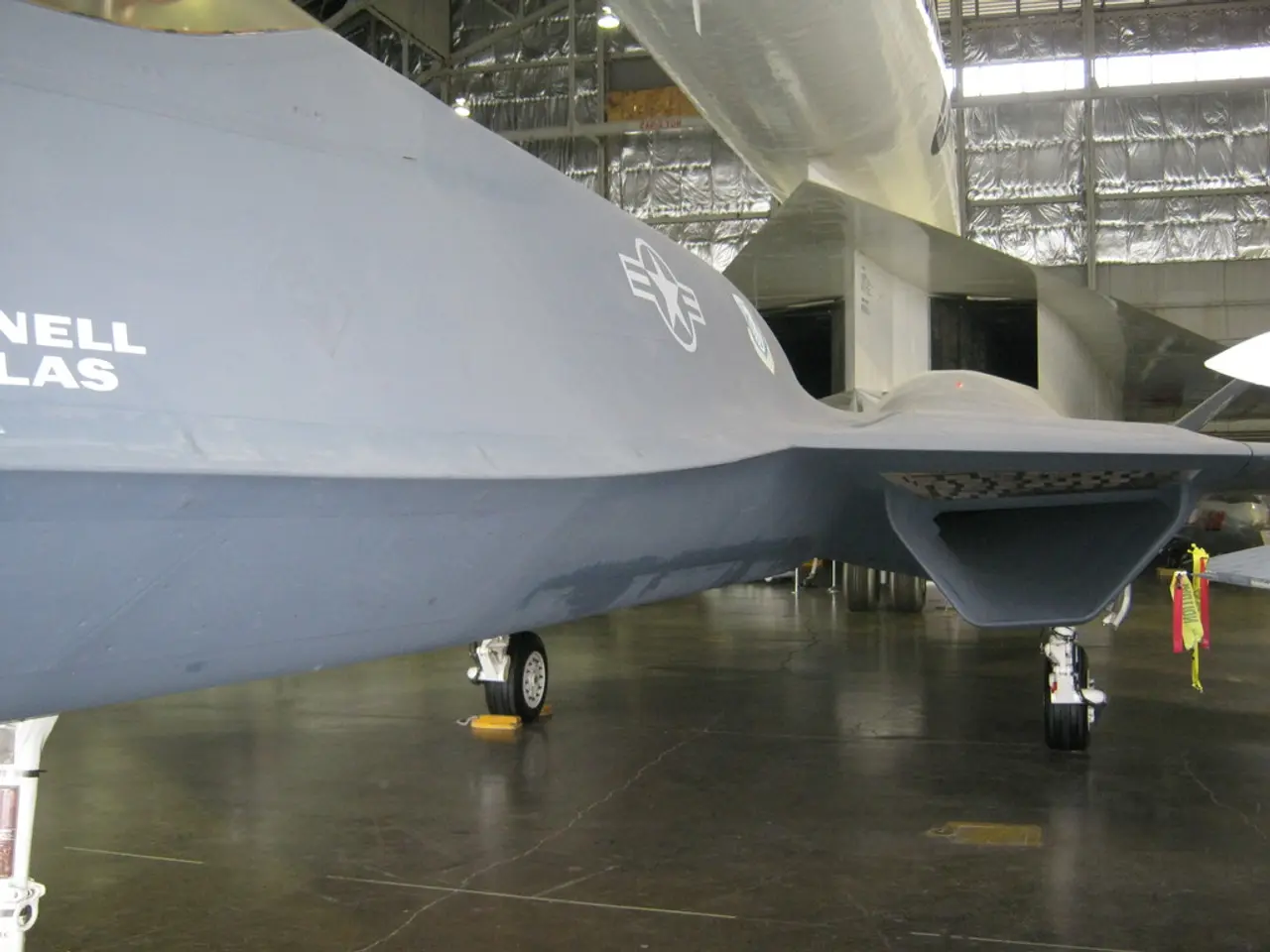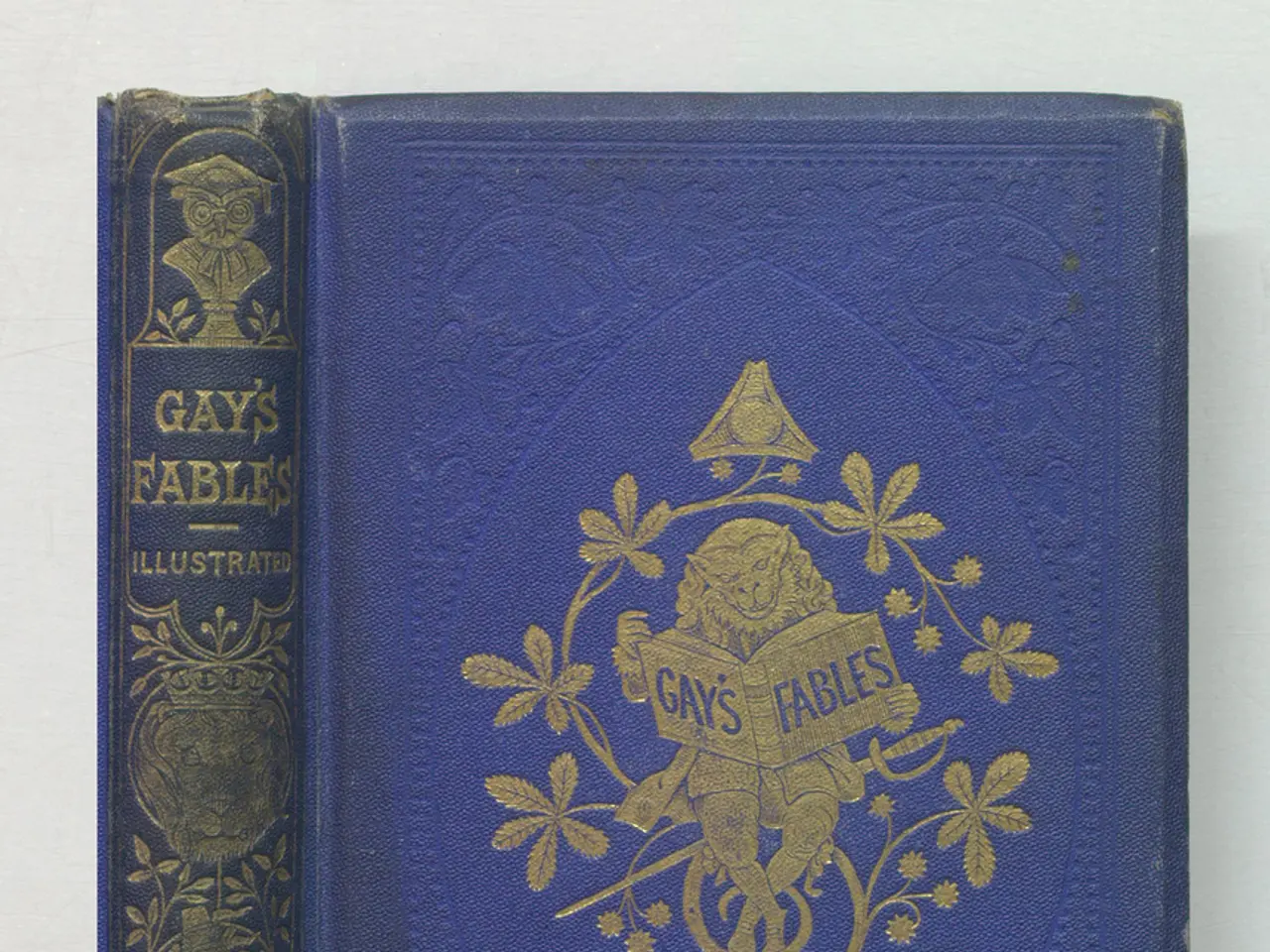James Webb Space Telescope illuminates 2,500 celestial bodies in renowned Hubble Deep Field photograph
The James Webb Space Telescope (JWST) has provided a more insightful and detailed look at the early universe, surpassing the capabilities of the Hubble Ultra Deep Field (HUDF) observations made over two decades ago.
The JWST's observations of the same area as the HUDF reveal previously hidden galaxies and earlier cosmic structures, thanks to its ability to capture much deeper, more detailed infrared images. This is primarily due to its extended wavelength coverage into the mid-infrared, increased sensitivity, and enhanced resolution.
Wavelength Coverage and Sensitivity
Whereas the HUDF primarily used visible and near-infrared light, limited to wavelengths up to about 1.6 micrometers, JWST observes at near- and mid-infrared wavelengths (from about 0.6 up to 25 micrometers). This allows JWST to see light from galaxies at much higher redshifts—those formed just a few hundred million years after the Big Bang—whose visible light has been stretched (redshifted) out of Hubble’s range.
Depth and Number of Detected Sources
While the HUDF revealed around 10,000 galaxies in a tiny area of sky, JWST's observations, especially in the MIRI Deep Imaging Survey (MIDIS) region, have detected over 2,500 distinct light sources with much finer detail and sensitivity in the mid-infrared.
Revealing Obscured and Early Galaxies
JWST’s enhanced infrared capabilities expose "extremely red galaxies," which are dust-obscured and host mature stars formed early in the Universe’s history—objects that Hubble could not clearly detect or characterize.
Observation Time and Data Combination
JWST invested nearly 100 hours of exposure time combining data from its Mid-Infrared Instrument (MIRI) and Near-Infrared Camera (NIRCam) to produce unprecedented images. Hubble’s deep fields were groundbreaking at their time but accumulated photons mostly in visible and near-infrared bands.
Field of View Differences
JWST’s focus on the MIDIS region offers a somewhat narrower view compared to Hubble’s original Ultra Deep Field. However, that narrower field comes with dramatically increased sensitivity and resolution in the infrared, enabling deeper investigation into galaxy formation and evolution.
Visual Comparison and Discoveries
Videos and images comparing JWST’s views to Hubble’s ultra deep fields highlight JWST’s ability to uncover new galaxies, better define galaxy shapes, and provide insights into the first cosmic structures. These advances are revolutionizing our understanding of how galaxies formed and evolved over billions of years.
In summary, the JWST improves on Hubble Ultra Deep Field observations by dramatically extending wavelength coverage into the mid-infrared, increasing sensitivity and depth, revealing dust-obscured and very early galaxies, and enabling a more detailed, deeper view of the distant universe than was previously possible.
JWST's Observations of the Hubble Ultra Deep Field
JWST's observations of the Hubble Ultra Deep Field provide more insights into distant galaxies than Hubble's original observations. The light from more distant galaxies in the JWST image has been shifted to a redder version than usual due to the accelerated expansion of the universe, a process known as redshift. This is particularly evident in the third wavelength in the JWST image, where everything that sits between the two is in white and green, representing more distant galaxies.
Galaxies lacking a sufficient amount of dust, star formation, or black hole activity shine in the nearer infrared seen in blue and cyan in the JWST image. On the other hand, galaxies with a higher amount of these features appear in red and orange.
The JWST image is in false colors because the telescope studies the universe in infrared. The Hubble Ultra Deep Field took 400 orbits of Hubble around the Earth to complete, with a total exposure time of 271 hours and 12 minutes. In comparison, JWST spent almost 100 hours looking at a portion of the Hubble Ultra Deep Field, containing around 2,500 sources.
The area of the Hubble Ultra Deep Field is about 1 square millimeter, equivalent to the size of a ballpoint pen tip held at arm's length from the eye. These observations contribute significantly to our understanding of galaxies in the early universe. Combining the near and mid-instruments observations from JWST reveals important insights into galaxies near and far. The JWST's observations of the Hubble Ultra Deep Field are instrumental in delivering more insights into galaxies near and far, as mentioned earlier.
- The James Webb Space Telescope (JWST) observes at near- and mid-infrared wavelengths, enabling it to detect galaxies at much higher redshifts than the Hubble Ultra Deep Field (HUDF), as light from these distant galaxies has been stretched out of Hubble’s range.
- JWST's observations, especially in the MIRI Deep Imaging Survey (MIDIS) region, have detected over 2,500 distinct light sources with much finer detail and sensitivity in the mid-infrared compared to the approximately 10,000 galaxies revealed by the HUDF.
- The JWST's enhanced infrared capabilities expose "extremely red galaxies," which are dust-obscured and host mature stars formed early in the Universe’s history—objects that Hubble could not clearly detect or characterize.




